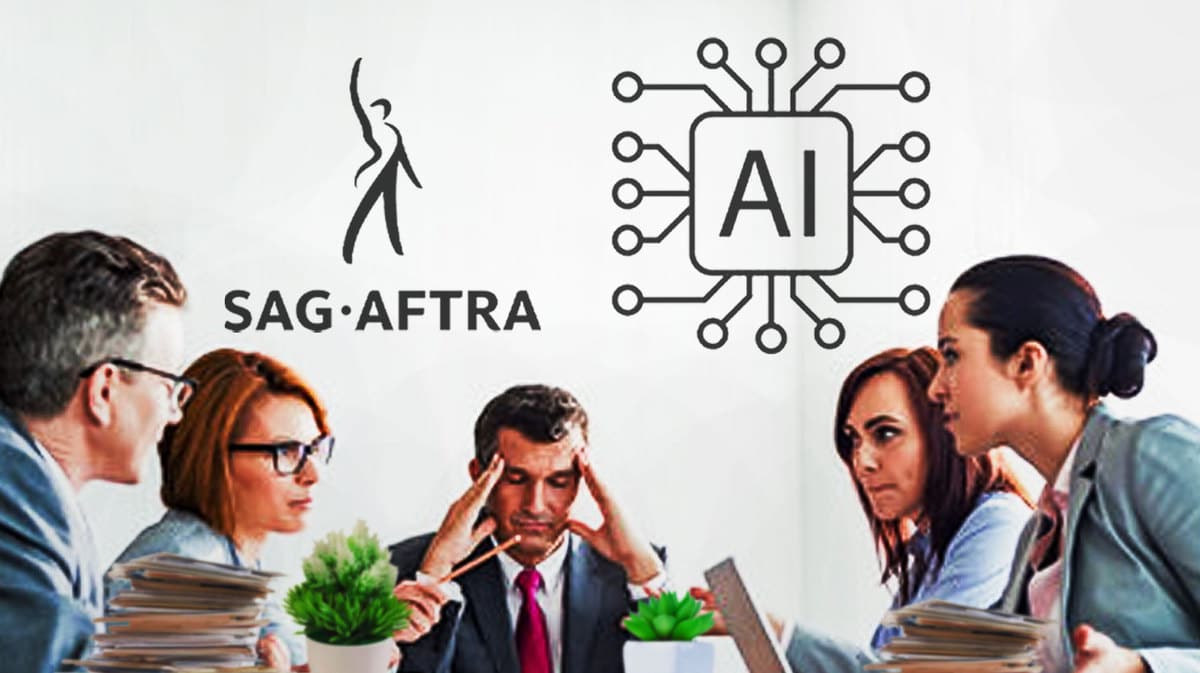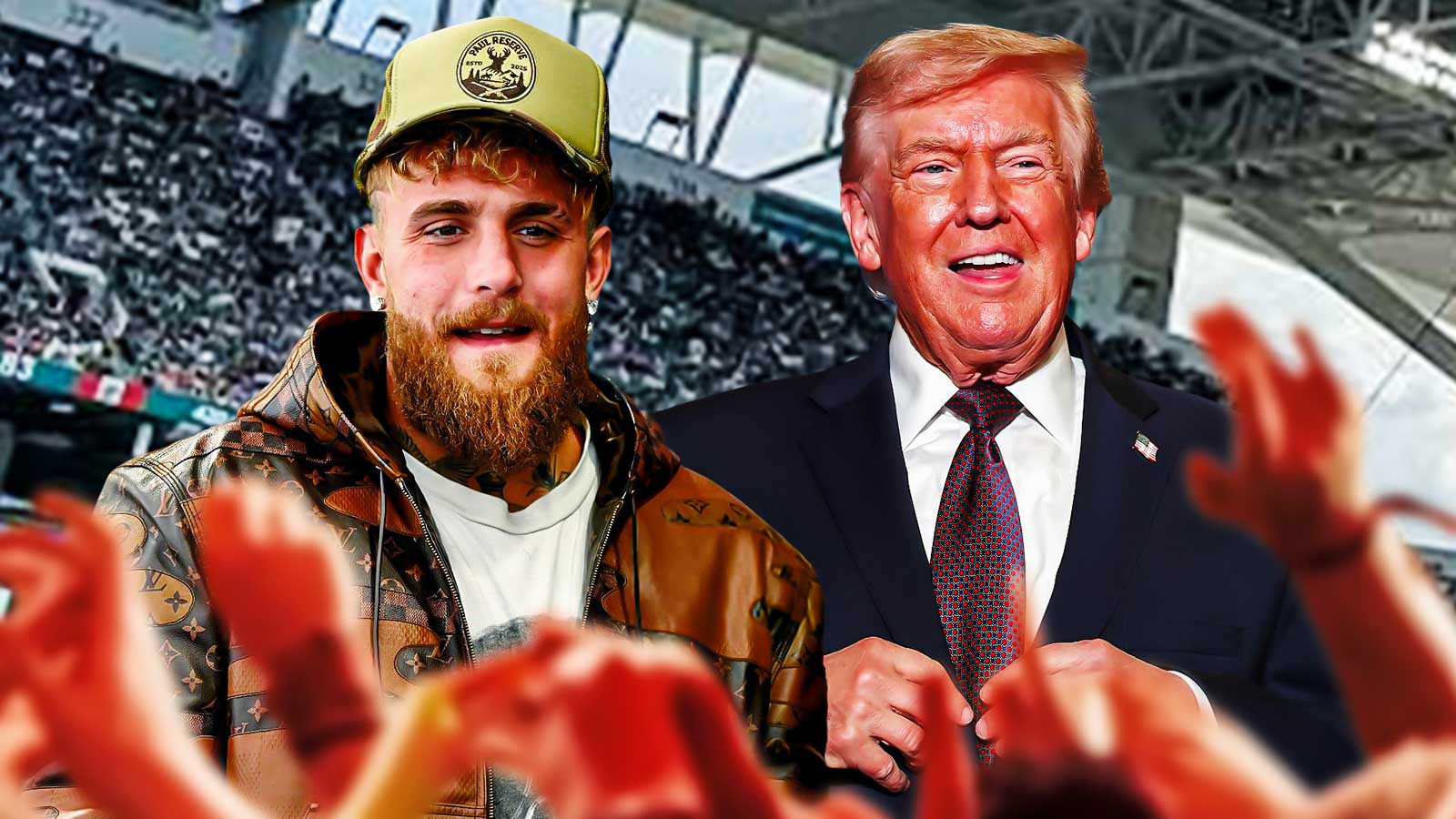SAG-AFTRA has released an 18-page summary of its 2023 tentative agreement, Deadline reported.
A union source told the website, “Nobody gets everything they want in any deal, but this is a good deal, a fair deal and both a big step in the right direction and an insurance policy for the next contract.”
SAG-AFTRA stated that 86% of the National Board approved the tentative deal on Nov. 10. The union released several details of the agreement, and its leaders will start meeting with members to explain the terms before the ratification vote starts on Tuesday.
The guild hasn't released the 128-page Memorandum of Agreement and will not be available for weeks. The main point of criticism from some quarters have been the AI provisions.
SAG-AFTRA AI regulations

SAG-AFTRA released an infographic detailing portions of the AI agreement called Regulating Artificial Intelligence. There are four key points of definition stated in the infograph: employment-based digital replica, independently created digital replica, generative artificial intelligence and digital replication of background actors.
Employment-based digital replica is defined as “created during a performer’s employment with their physical participation, and used to portray the performer in scenes they didn't actually shoot.”
Performers' consent is mandatory if a studio wants to create and use their digital replicas. If the digital replica is that of an already deceased actor, the consent must be obtained from the actor's authorized representative or from SAG-AFTRA.
The contracts governing the actors' digital replicas must be have a reasonably specific description of its usage. If these are used in additional projects, it is required that there will be additional consent requirements.
As for compensation, the guild states that “Performers are generally entitled to compensation (including P&H) for the creation and use of their replicas, and for use in additional projects or other mediums.” Actors who provide their replicas are also entitled to receive residuals.
Independently created digital replica is explained as “Digital replicas created often using existing materials, and used to portray the performer in scenes they didn't actually shoot.”
This may mean that these are digital replicas using composites of an actor's likeness that can be found in the current project or previous ones. This has the same consent requirement as the previous replica, except for one: when it is used for additional projects.
When an actor's previously recorded material remains as it was, there are no provisions for additional consent requirements. However, when it is altered, producers have to notify actors a “reasonably specific description of the intended alternation(s).” Additionally, if an actor's “lip or facial movements are altered to make it look like a background actor is speaking, and dialogue is added, they will be upgraded to a day performer.”
A background actor is also known as an “extra” and is a non-speaking role. A day performer or player is hired on a daily basis, not with a long-term contract, with a speaking role but usually not with the main actor.
There's also a difference with compensation. For independently created digital replicas, the actor may bargain with the producers regarding the amount of compensation but it will still be subject to pension, retirement and healthcare contributions.
Generative AI and background actors
Generative artificial intelligence is defined as “a subset of artificial intelligence that learns patterns from data and produces content based on those patterns, able to simulate a performer's voice, facial expressions, and movements to create entirely new content.”
If a computer-generated character has a main facial feature such as the eyes, nose, mouth or ears that “clearly looks like a real actor, and they use that actor's name and face to prompt the AI system to do this,” producers need to get that actor's permission first. They also have to “agree on how this character will be used in the project.”
This is where the lines start to blur when it comes to the guidelines. SAG-AFTRA stated that “producers must notify the union if they create synthetic performers and bargain over whether compensation or any other consideration is appropriate.” Does this only refer to “synthetic performers” with clearly distinguishable features that mimics an actor? What does this do to an AI-generated character that takes features from several different actors?
Maybe those questions will be answered in regular meetings that the union has asked for since they “will cover current and future use of AI in projects.”
Background actor digital replica is “a digital version of a background actor's voice or likeness, made with the actor physically present, for scenes they didn’t actually film.”
The infographic states that “Notification must be sent 48 hours in advance to create a digital replica, or at booking if less than 48 hours ahead.” This may mean that the notification is sent to the guild since a “clear and separate consent” is required from the actor being digitally replicated. The same rules govern the digital replicas of deceased actors, with consent from their estate's representatives or the guild.
“Replicas must not be used to meet the background counts for the day.” Movies and series have a set quota of union background actors they need to hire before turning to non-union members.
“Replicas will not be used to avoid the engagement of background actors.” As stated before, background actors or extras do not have speaking parts. When they are given dialogue, they are upgraded to day performers and are paid higher.
“Time spent creating a digital replica counts as work time and is paid accordingly. If a background actor is called in just for replication, they get paid for a full day. If the digital replica is used as a principal character, the actor gets paid a principal's rate for the estimated days they would have worked.”
This rule would ensure that studios wouldn't be able to scan a background actor's likeness and then turn them into a principal character while only paying them an extra's rate.
Any more questions?
The AI provisions in the 18-page summary take up more than four pages. While the infographic has been helpful in understanding the document, it brings up more questions than the information it provides.
SAG-AFTRA leaders have their work cut out for them in pitching this deal to their members.




















